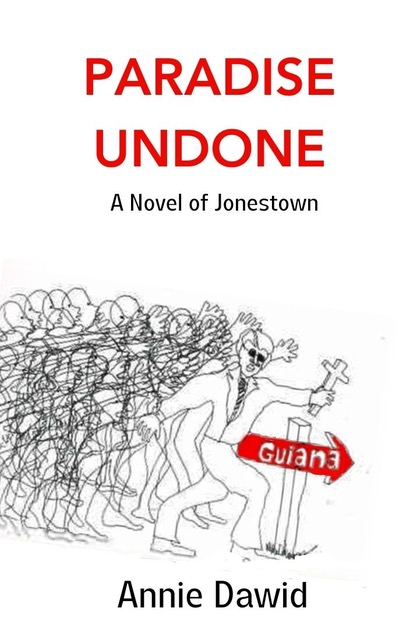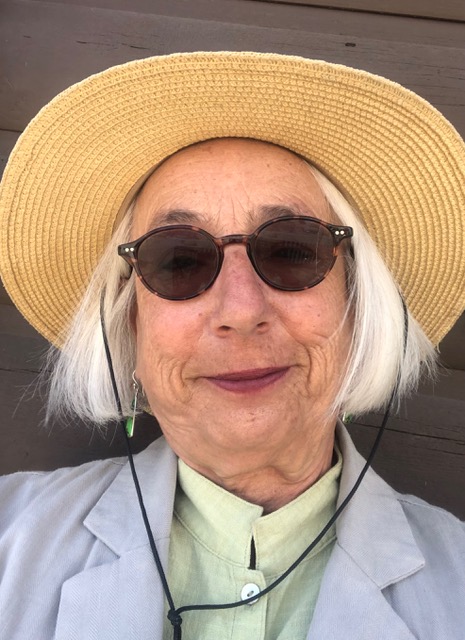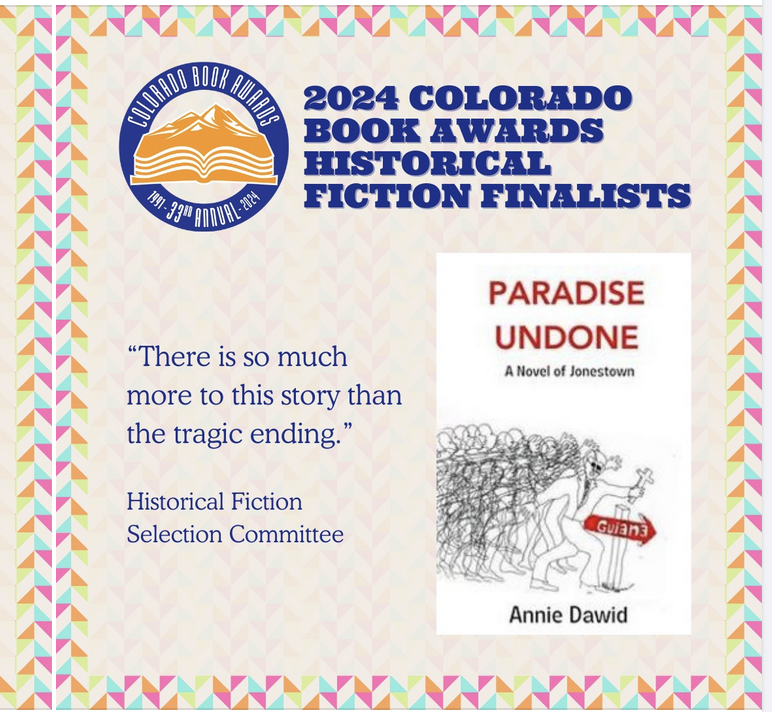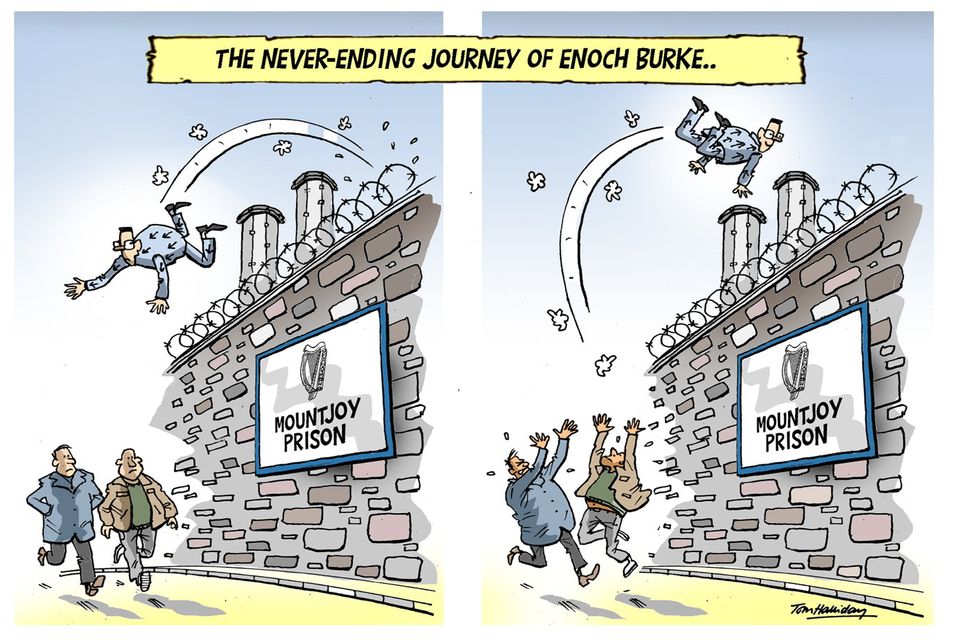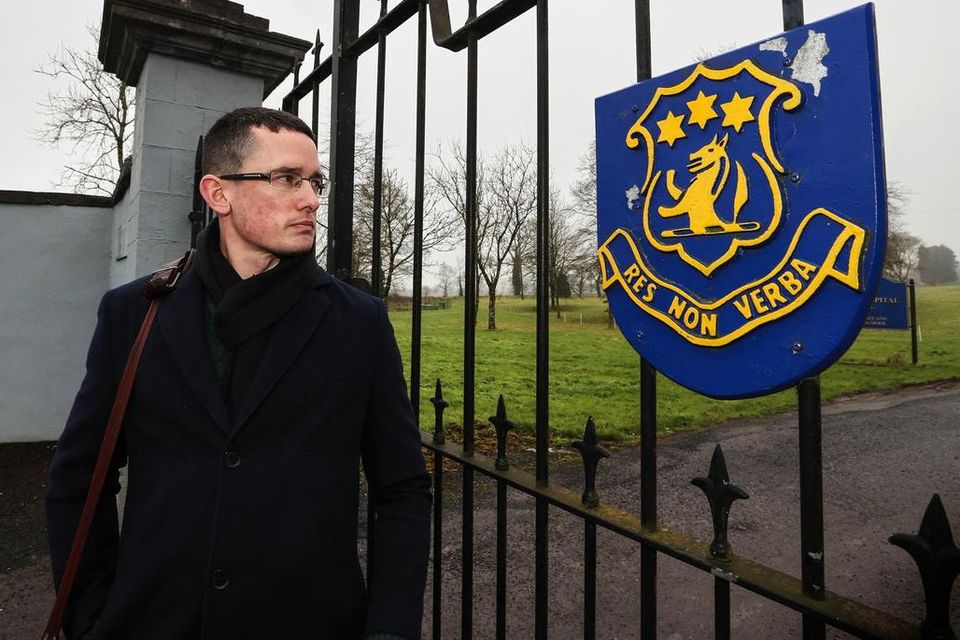“Each chapter is carefully placed in space and time, and is preceded by chilling statements from Rev. Jim Jones to his followers and the world. Whenever we think we know what’s coming, Dawid’s craft takes us to unexpected places and emotions. Read it.” – W.A. Ewing, Wet Mountain Tribune
Annie Dawid’s sixth book, Paradise Undone: A Novel of Jonestown, published on the 18th November 2023 (the 45th anniversary of the Jonestown Massacre), is the culmination of years of painstaking research into, arguably, the biggest cult-related tragedy in world history.
Photo: Annie Dawid.
The American public in the 1970s was still trying to get to grips with how Charles Manson—a thirty-six-year-old, 5”2 man, with a slightly above average IQ of 109—could order a group of middle-class, educated youngsters to murder on his command.
Equally perplexing was the 1974 case of newspaper heiress Patty Hearst, who was kidnapped, “brainwashed”, and given a new identity to become the bank-robbing, gun-wielding terrorist/agent “Tania” of the Symbionese Liberation Army.
Jonestown was the largest death of US citizens before 9/11, and we could argue that this was the incident that brought the issue of cultism to international attention.
While the main media narrative accepts the mass-suicide framing of the event, people are challenging the notion that the majority of the deaths in Jonestown were voluntary.
“This is the great myth of Jonestown: that only the feeble-minded could be convinced to kill themselves. But the deaths of some 900 people at Jonestown on Nov. 18, 1978 was not mass suicide. It was mass murder,” writes Katie Dowd for SFGate.
Speaking to the Chicago tribunal in 1978, Guyana’s top pathologist, chief medical examiner Dr. C. Leslie Mootoo, and the first medical professional at the scene of Jonestown believes more than 700 of the 911 people were murdered that day.
“Mootoo said the Jonestown deaths occurred over four hours. He said he was convinced most cult members were forced to drink the poison because seeing the first group of people go into convulsions and die ‘would persuade the others not to take the liquid voluntarily.’”
He also noted that 260 of the victims were children.
“‘[I] found a 2-year-old child with poison injected into an arm. Could a child that age take his life voluntarily in that way?’ he asked.”
The murders that day in November began with 300+ babies and children (reports estimate that 33 children were born in Jonestown’s nursery).
Peoples Temple leader Rev. Jim Jones’ final order of infanticide was one last demonstration of his absolute control—forcing parents to murder their children removed any resistance or reservations anyone had against Jones’ plan for a “revolutionary suicide”.
Photo: Rev. Jim Jones (Source: WikiCommons)
After witnessing the death of their children, nothing would remain in the way to prevent the adults from following suit, as bereaved mothers and fathers lined up to take their dose of the cyanide-laced drink.
Normally it is men that do the fighting or resistance when their family comes under attack. But here the children were given the poison first, then the women. The male victims were so traumatised after observing their family’s death they gave up resistance and followed their wives and children to death.
This is in contrast to Jones who likely had to be helped to end it all.
Jones, like many cultists, could not follow through on the orders he gave to the 900+ members of the People’s Temple.
He did not die by poison that day.
Response teams to the scene found Jones in his usual place: on the centre stage of the pavilion where he’d spent the last months delivering his increasingly erratic and paranoid orders over the community loudspeaker.
Lying on a pillow on his deckchair, he looked almost comfortable, except for the single gunshot wound to his head.
Nine hundred men, women, and children lay in the grass surrounding the main structures of The Peoples Temple Agricultural Project, informally known as Jonestown.
Photo: Jonestown aerial shot (Source: The U.S. National Archives)
Jones’ death was ruled as suicide, but people close to Jones speculate that he had somebody else pull the trigger.
Another example of the cowardice of cultism.
Reviews of Dawid’s book so far have been very positive, with ICSA book review consultant, Joseph Szimhart, writing the following:
Reviewed by Joe Szimhart
Jonestown in Guyana ranks as one of two or three named cults that remain etched into the memory of anyone who has paid attention to news over time. And like me, anyone who has researched cults, new religions, social scams, and manipulative business ventures throughout the decades is bound to have heard and read too much about Jonestown, where nearly one thousand men, women, and children died of a ritual suicide-murder event.
Only Charles Manson and his Family cult, I’ve noticed, has drawn more attention—I think partly due to populist racism: Manson’s story was all about taking over the world after his Family murdered White people, leaving signs that Blacks did so to start a race war. Only White people died in the Manson story; whereas at Jonestown, 70% who died were Black. And no one has made a movie about Jonestown (yet) that compares to Once Upon a Time in Hollywood.2
But Annie Dawid’s book moves us to read this new account with her addition of a fictional element to drive the true story of Jonestown. Paradise Undone. . . reads more like a selection of character studies and a news report than a typical novel. Within that structure, the author retells the story of the Peoples Temple, led by Jim Jones into the cult’s horrific ending in 1978.
Dawid spent years researching the facts and stories about Peoples Temple, then she made a dogged effort to get her manuscript accepted by a reputable publisher. Her diligence shows in the details and nuances about the group’s history and what life was like as a member.
Overall, the chapters work quite well as facets to describe the larger story through individual narratives. For example, one of the fictitious Black characters, Watts Freeman, as an old man, tells his experience with the Temple as a young, troubled man and how he escaped as the murder-suicide was taking place. He then returned to help the authorities identify the quickly deteriorating bodies lying bloated in the humid jungle surrounding them.
The reporter character throughout the story is a Black woman with seasoned journalistic chops. She records the session with Watts for a radio program about the cult for the thirtieth anniversary in 2008. That same reporter arrives at the end of the novel with a film crew to document the fortieth anniversary event at the Oakland, California cemetery where the hundreds of Jonestown victims are interred along with the leader, Jim Jones.
Most characters in the novel are fictitious, but some, including Marceline Jones, the longsuffering though complicit wife of Jim Jones, appear by real name. We are treated to an intimate look into Marceline’s character, feelings, and thoughts as she struggles with what her husband was about to do on that fateful day of November 18, 1978. In the end, Marceline complies, as she always had from the beginning, with the ideals for the principle of a utopian communist world that her husband used as bait to keep the people in line. She complies, despite knowing of her husband’s lurid sexual affairs with women and men, his drug use, and his self-serving lies about being God. She takes the so-called Kool-Aid and dies near her husband, whose life ended that fateful day with a bullet in his head. The novel tells us that Jim Jones, despite his drug-induced delirium, was too cowardly to face the discomfort of cyanide poisoning, which he ordered hundreds of adults and children to endure, whether voluntarily or by forced injection. The open question remains: Did he shoot himself or did one of his murderous crew do him the favor?
One of the most interesting characters to me is a buxom White member whom Jones named Truth when she first approached him as an idealistic college student to join his church. Jones kept Truth away from Jonestown so she could help manage things stateside. She later felt cheated of the experience and total sacrifice of her Temple family. Ten years after the “Event,” as the day of November 18 is referred to in the novel, Truth (then 36) traveled to Guyana with a mission. She let fate guide her. The first handsome Guyanese Black man she saw upon landing at Georgetown she seduced, so she could have a Black baby in honor of the holy experiment that was Jonestown. She never saw the father of her only child again. Her second goal at 36 was to visit Jonestown for the first time. She went alone, carrying a backpack. By that time, the jungle had reclaimed almost everything, leaving parts of the main pavilion and some decaying furniture.
At that point, Truth’s first doubts about her cult began to arise. Why did they have to kill the babies and kids? As the novel progresses in time, we learn that Truth’s son (named Cuffy after a Guyanese rebel) was close to classmates whose families broadened Truth’s ideas of social reality. She studied sociology and learned of Robert Lifton’s treatise on brainwashing, which she read. In that process, we see her emerging from her idealistic cult self.
Overall, the novel accomplishes its task to get the reader inside the heads of significant characters, including one among them who was Guyanese, who could tell the story from their unique, personal experiences. As a reader, the feeling of being a part of the Jonestown experiment comes across well to me and resolves by the end in a finely wrought portrait gallery of some of the actors in the tragedy directed by Jim Jones.
As I read, I noted a few minor errors of fact. For example, cult leader Rajneesh in truth, accumulated nearly 90 Rolls Royce luxury sedans, not 28. And some of the dialog mimicking Black speech felt caricatured to me.
The line drawing of the cover art depicts a mob of devoted children and adults with outstretched arms following a leader in sunglasses who is holding a cross. All are reaching out and advancing in unison, guided by a red sign pointing forward with Guiana painted in large letters across it. But for me, the art, though well done as a cartoon, misses the author’s intent of communicating the importance of avoiding sensational stereotypes about cult life at Jonestown. The cover art unfortunately, for me at least, emphasizes a popular cult-leader stereotype of a pied piper leading entranced children to their demise.
The novel tells us that the relationships between leader and flock were far more complex. The novel contains some brilliant passages in the chapter that describes the intensity, confusion, and unfolding horror of November 18, during which only a few found the clarity, the means, and the will to escape. A few glimmers of goodness emerge from this novel through those who managed to escape and thrive despite the painful memories of their participation. The reality of why and how people followed Jim Jones is the human story the novel aspires to tell.
Notes [1] According to her bio (https://www.anniedawid.com/bio/), Annie Dawid lives and writes in South-Central Colorado. She is an English professor and director of creative writing at Lewis & Clark College in Portland, Oregon. Her interest in Jonestown arose while she was doing research for a book about communes. [2] A film released in 2019, directed by Quentin Tarantino and loosely based on the Charles Manson Family cult (see https://en.wikipedia.org/wiki/Once_Upon_a_Time_in_Hollywood).
Joseph Szimhart, ICSA Today’s Book Review Consultant, began research into cultic influence in 1980, after ending his two-year devotion to a New Age sect. He worked professionally as an intervention specialist from 1986 through 1988. He continues to assist people with cult-related problems including consultations via phone and Internet. In 2016 he received an ICSA Lifetime Achievement Award at the annual conference in Dallas, Texas. From 1998 to 2023 he worked for an emergency psychiatric hospital as a crisis caseworker. He maintains an art studio and exhibits professionally. His novel, Mushroom Satori: The Cult Diary, was published in 2013, and his memoir, Santa Fe, Bill Tate, and Me: How an Artist Became a Cult Interventionist, was published in 2020.
A panel of judges for the Colorado Humanities & Center has shortlisted Paradise Undone: A Novel of Jonestown as a finalist in the 2024 Colorado Book Awards Historical Fiction category.
The panel had the following things to say about Dawid’s book:
– They thought it was an incredibly researched story
– It gave a voice to people you only heard about in the news
– It showed the human side to a very tragic event
– Well done and it encouraged them to think beyond the phrase “don’t drink the kool aid
Dialogue Ireland has gratefully received copies of Dawid’s book and is currently preparing an online review.
You can learn more about Dawid and her work here.

The novel is published in the UK and Europe by Inkspot Publishing. It is available worldwide on Amazon and many other online bookstores, in Kindle and paperback.
For more on Jim Jones and the Jonestown Massacre:
Filed under: Discussion, Books, Cultism, Jim Jones - The Peoples Temple, Jonestown | 5 Comments »



